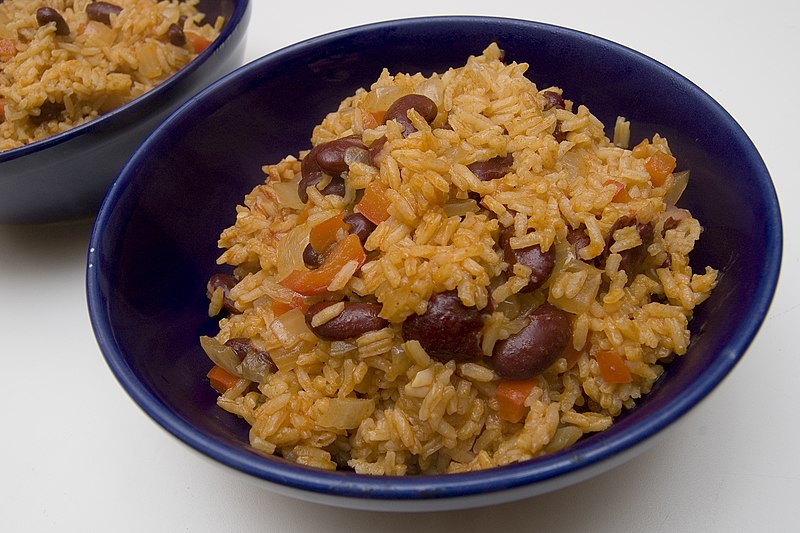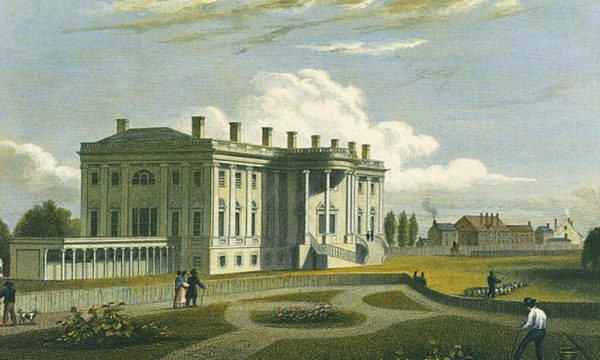A few years back, I came to Louisiana for the first time. Being an Indiana Hoosier, I had no idea what dishes were native to this region, aside from gumbo and crawfish. The first Southern meal my Louisiana family introduced me to was red beans and rice. I didn’t know what to expect, but as soon as I took my first bite, I indulged in the mixture of textures and flavors.
After that, I asked for red beans and rice whenever I visited the South. My mother-in-law would heat a can of “Blue Runner” red beans on the stove, cut up some sausage, and serve on a bed of steaming rice. Lastly, she would add a slice of cornbread on the side. I was baffled at how simple this meal was, yet how extraordinary. I constantly craved this dish that took less than an hour to prepare. This meal was the food trio of Louisiana.
I didn’t realize at the time just how important this simple recipe was to the South until questions began spiraling in my head. What was the origin of this dish? Why was it so important to the South? What was the Southern history behind such an efficient meal? Over time, my curiosity got the best of me. I learned that red beans and rice began over two centuries ago! This made the history and origin of the dish more challenging to follow. It never started with a simple ethnicity or group of people. It was a combination of civilizations that created this recipe.
People from all over the world merged their cultures and created new recipes and ideas. One among them was the introduction of rice. Rice was first brought to America by the French and Spanish colonists. Louisiana Creoles made rice extremely popular in the region when they realized it could be served with almost anything.
New Orleans also had a large black population, both free and slave, and these people—particularly those arriving from Haiti in the late eighteenth century—infused slow cooked beans with the Caribbean spices. The different cultures in New Orleans quickly adapted red beans and combined them with rice. The combination of red beans and rice escalated when it was paired with a Southern favorite, cornbread.
This recipe quickly spread throughout Southern America in the 19th century. By simply adding red beans, water, rice, sausage, and spices to a cast iron pot that was heated over a blazing fireplace, dinner would be made in no time! Due to this time-efficient meal, red beans and rice became known as a “wash day” dinner.
Back then, every Monday was considered a wash day. It was the one day of the week designated for laundry. Unfortunately, it wasn’t as straightforward as it is now. Sometimes, it would take an entire afternoon to finish! With the simplicity of red beans and rice, many
Southern Households carried on the traditions of eating this dish every Monday.
Red beans and rice have evolved over the last two centuries. Each Southern state, not just Louisiana, has made this recipe their own. This meal incorporates so many different cultures, ethnicities, and stories within every bite. Although it is easy to cook, it will always be important to the history of Southern Culture. It truly represents what it means to be a Southerner.







The first six days, the Lord did all his work. On the seventh day he rested. On the eighth day he continued and the first thing he created next was RED BEANS AND RICE.
Born and raised in the New Orleans area, my mother cooked red beans & rice every Monday to feed our large family. We Louisianans sure do love our rice. It’s a blessing to be from the South.